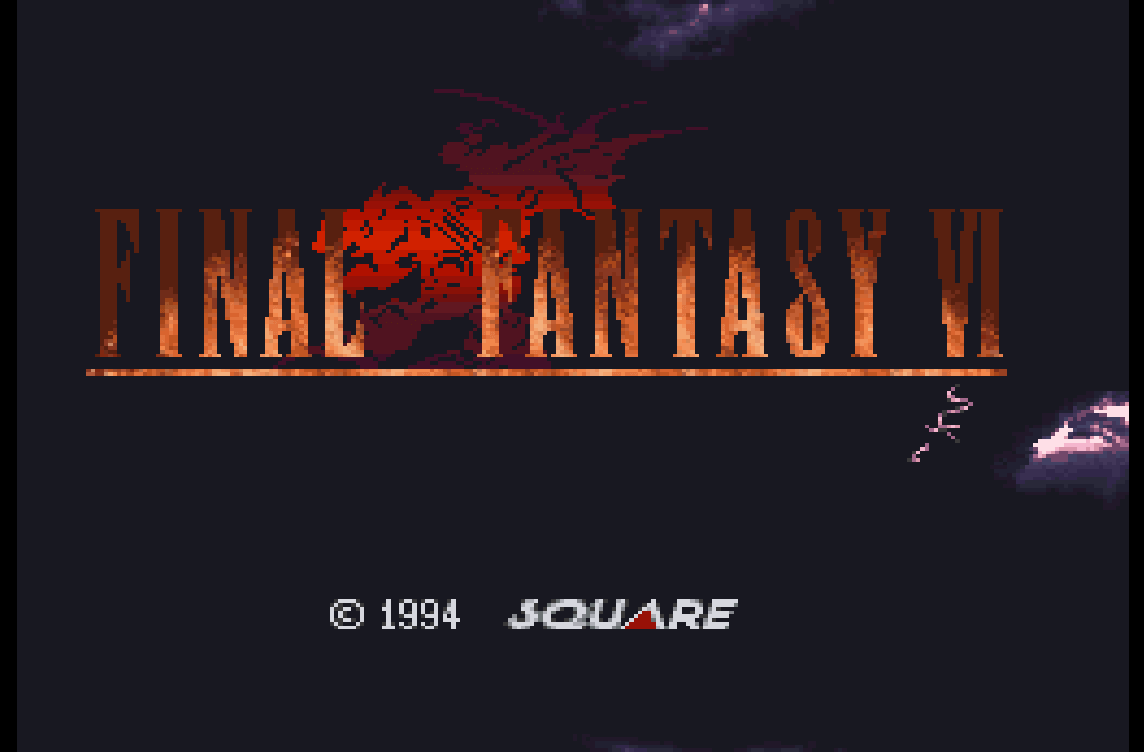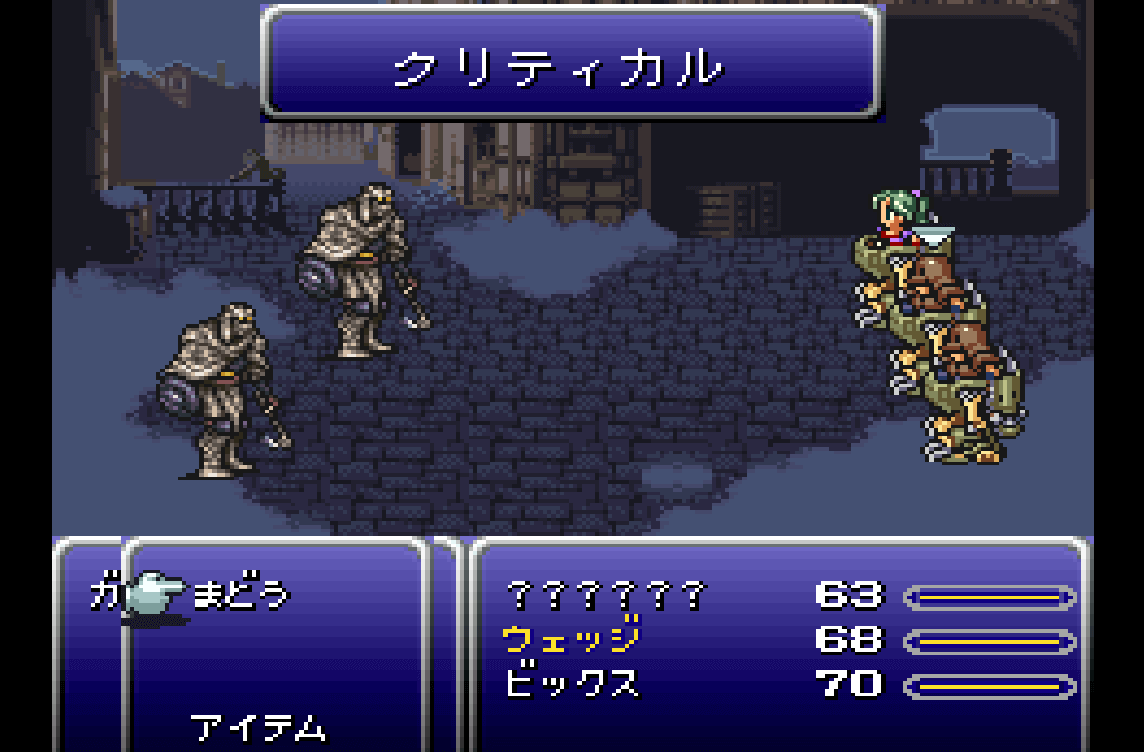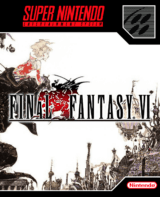- The Epic Narrative
- The Ensemble Cast and the Battle Against Empire
- Script and Localization: A Double-Edged Sword
- Gameplay and Production: A Symphony of Pixels and Sound
- Visuals and Music: The Heart and Soul
- Gameplay Mechanics: Innovations and Frustrations
- Final Thoughts: Legacy and Playability
- Play Final Fantasy VI Online Anywhere, Anytime!
In the grand tapestry of video gaming, certain titles stand out as monumental achievements that shape the industry and captivate players across generations. Final Fantasy VI, released on the Super Nintendo Entertainment System (SNES), is one such gem that continues to shine brightly, drawing in newcomers and nostalgics alike. Its release in Japan and North America in 1994, and a much-delayed debut in Europe in 2002, marks it as a pivotal moment in gaming history. This review seeks to unwrap the layers of this iconic game, revisiting its sprawling narrative, engaging gameplay, and the timeless appeal that makes it a cornerstone of the RPG genre.
The Epic Narrative
The Ensemble Cast and the Battle Against Empire
Final Fantasy VI was a trailblazer, setting a new standard for storytelling in video games with its ambitious scope and deep, ensemble cast. At its heart, the game is about the “Returners,” a group of rebels fighting against an oppressive Empire keen on harnessing magic for world domination. This central conflict, however, is merely the tip of the iceberg, as the narrative unfolds into a much grander tale of hope, despair, and redemption.
The game’s capacity to weave together the stories of up to 14 characters was unparalleled at the time. Each character, from the haunted Terra to the noble Locke, brings a unique flavor to the journey, though admittedly, not all are given equal depth. The villain, Kefka, stands out as a polarizing figure—some laud him as one of gaming’s greatest antagonists, while others critique him as overly simplistic.

Script and Localization: A Double-Edged Sword
The script, translated with a mix of humor and haste by Ted Woolsey, is both a source of charm and contention. While some players find the translation endearing, others argue it detracts from the game’s darker themes, highlighting the challenges of localizing games in the ’90s. This aspect of Final Fantasy VI exemplifies the growing pains of an industry striving to tell complex stories within the technical and cultural constraints of its time.
Gameplay and Production: A Symphony of Pixels and Sound
Visuals and Music: The Heart and Soul
Where Final Fantasy VI unequivocally excels is in its production values. The game’s visuals pushed the SNES to its limits, with detailed sprites and atmospheric backgrounds that still impress. Yet, it’s Nobuo Uematsu’s masterful soundtrack that has truly stood the test of time, offering an emotional depth and complexity rare for the era’s hardware.
Gameplay Mechanics: Innovations and Frustrations
At its core, the gameplay of Final Fantasy VI is a mix of exploration, story-driven quests, and turn-based combat. The game innovates with its “Esper” system, allowing for deep customization of characters’ abilities. However, the reliance on random battles can lead to tedium and frustration, a sentiment compounded by the game’s occasionally uneven pacing and difficulty spikes.
One notable aspect of the gameplay is its co-operative play option, a rarity for RPGs of the time. While this feature offered a unique way to experience the game, it also underscored the repetitiveness of combat, limiting its appeal.
Final Thoughts: Legacy and Playability
Final Fantasy VI is a product of its time, yet its legacy is undeniable. It pushed the boundaries of what a video game could be, in terms of narrative complexity, visual artistry, and musical score. However, modern players might find the random battle system and some aspects of the gameplay outdated. Despite these criticisms, the game’s ambition, emotional depth, and iconic moments—like the unforgettable opera scene—ensure its place in the pantheon of RPG greatness.
Embark on a journey where magic meets courage, and where heroes are born from the ashes of a fallen world.

Play Final Fantasy VI Online Anywhere, Anytime!
For those looking to experience the magic of Final Fantasy VI, the game is readily available on the SNES Classic Edition. Additionally, it can be enjoyed on various platforms, ensuring that both newcomers and returning fans can embark on this epic journey on their preferred devices, including mobile phones and tablets.
